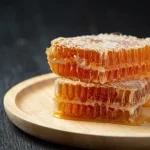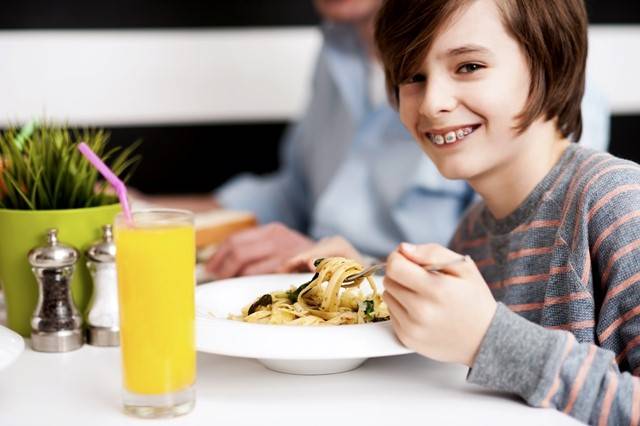
Eating can be quite difficult during the first few days of getting braces, particularly if you are eating hard foods. The new brackets tend to poke out awkwardly in your mouth which can make the simple task of chewing a bit difficult.
Getting braces can affect the way that your teeth are set as you may find that your teeth are not meeting at the same places that they were previously which will affect the way you chew.
As your treatment goes on, and your teeth keep on shifting, then you may need to adapt yourself to chewing and biting differently. A lot of people usually discover that they are more comfortable with chewing food again after about 2 to 3 weeks of getting braces.
Things You Need to Know About Eating with Braces
Here are 6 tips to help you cope with the strains of getting braces:
1. Eat Soft Foods
Eating soft foods reduces the chances of your braces getting damaged as well as the food consumed affecting your sensitive teeth. There are some exceptions to this though as some vegetables that are hard in the composition can still be consumed but must be steamed till they become soft and easy to bite into.
Here are some foods to eat with braces:
(See also: 10 Foods To Eat For A Lifetime Of Healthy Teeth)
- Jello
- Milkshakes, Icecream or Smoothies
- Bananas
- Applesauce
- Pudding
- Soft Baked Good like muffins and biscuits
- Pancakes
- Soft Tortillas
- Soft types of bread
- Soft beans
- Mashed or boiled potatoes
- Noodles or pasta
- Soft seafood with no bones
- Soft-cooked meat that doesn’t have any bones
- Soup
- Yogurt
- Soft Cheese
2. Avoid Hard and Sticky Foods
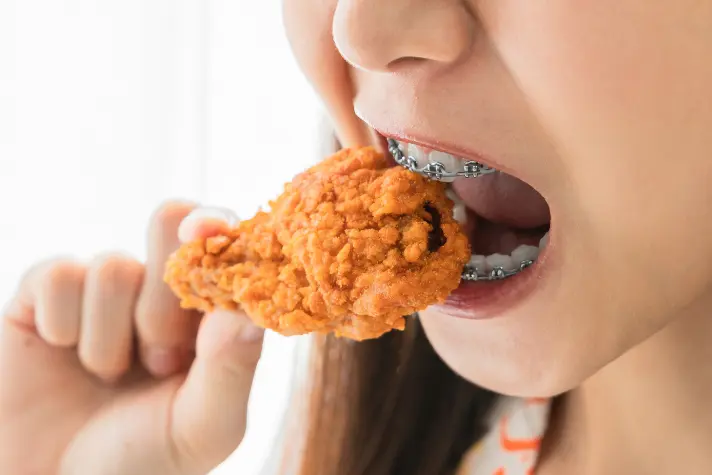
Eating hard and sticky foods can damage your braces and lead to pain or require re-adjustment of your braces.
Consuming excessive amounts of sugar will spoil the qualities of the glue that hold the brackets in place and lead them to become unstuck as well as negatively affecting your oral health.
Excess sugar can get both sugar and bacteria under the brackets which can lead to the formation of cavities as well as the complete removal of the brackets.
Avoid sugary drinks altogether if you have braces as the sugary liquid can coat your teeth with sugar which leads to the formation of acid.
Here are some foods that you should avoid:
- Corn
- Apples
- Carrots if they are not finely cut
- Tacos
- Chips
- Pizza crust
- Bagels
- Bread Crusts
- Ice
- Popcorn
- Granola
- Nuts
3. Cut Food into Smaller Pieces and Eat Slowly
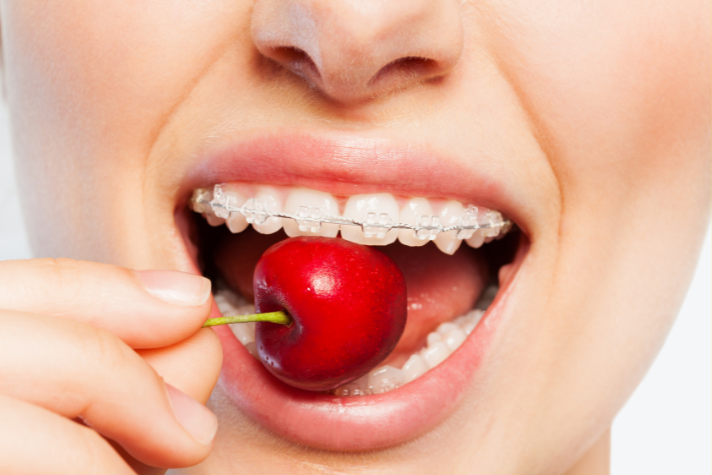
How you eat your food affects how long your braces will last. Biting into your food the way you did before getting braces can make your brackets come loose, break off, or simply just break apart.
The best way to prevent this from happening is by cutting your food into smaller pieces so that you can chew it better and more comfortably without exerting any extra pressure on your braces.
The following will help you limit the amount of work that your teeth have to do:
- Cut corn kernels off the cob instead of biting them off
- Slice up your apples before you eat them to limit the biting of your brace-enhanced teeth
- Cut your food into smaller pieces, even if you are eating braces-friendly foods.
4. Bite with Your Side Teeth
It will be impossible to bite into any food with your front teeth for a while after getting braces. You should get used to biting into food with your side teeth instead.
5. Floss Regularly, Brush Your Teeth After Each Meal and Remove Bands Before Eating
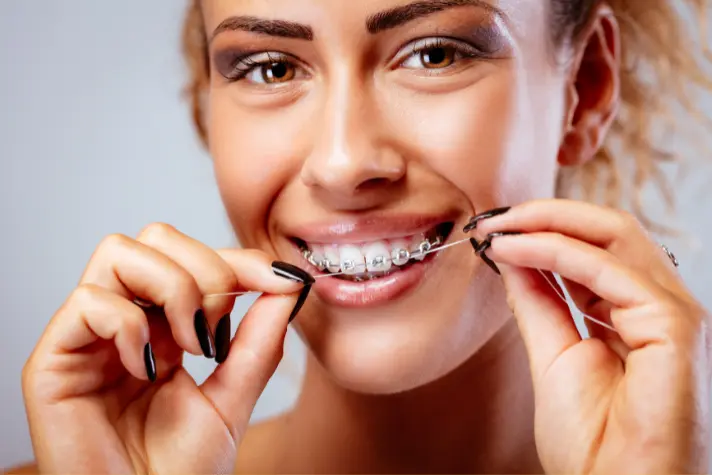
Make sure that you take out your rubber bands before you consume any food as they can become clogged with food, making your braces a lot more liable to break or snap as well as increasing the chances of infection.
You can opt to use dental products like floss to keep your teeth clean as flossing between the wires is a lot easier. Make sure that you brush your teeth after each meal to remove the food debris which can be painful to your tender teeth and gums.
You can opt to use either a soft-bristled toothbrush to make cleaning easier along an interdental toothbrush to clean between the brackets and the wires. Brush for about 2 to 3 minutes to ensure that you clean the entire surface area of your teeth.
(See also: Using Mouthwash: Why and When)
6. Treat Yourself to Cold Foods to Ease the Pain
Eating cold foods like frozen yogurt, popsicles or ice cream can give some much-needed relief. Cold foods help in dulling and reduce the pain caused by your braces.
The initial phase of getting braces can be painful but your gums will gradually become accustomed to the extra pressure of the braces and your teeth will become used to eating differently over time. I hope the above 6 tips will help ease your dental pain and lead to better orthodontic treatment and oral health.
About The Author:
Dr. Satish Pai – an Ivy League-trained dentist and a faculty at Columbia University, believes that a perfect smile not only makes a person look great but feel great while boosting confidence. As the founder of Putnam Orthodontics, he is dedicated to not only creating perfect smiles for his patients but also educating people with his engaging articles about all things related to a perfect smile and oral health. Spending time with his family always brings a smile to his face. In his free time, you can find him golfing, doing yoga, or surfing.


